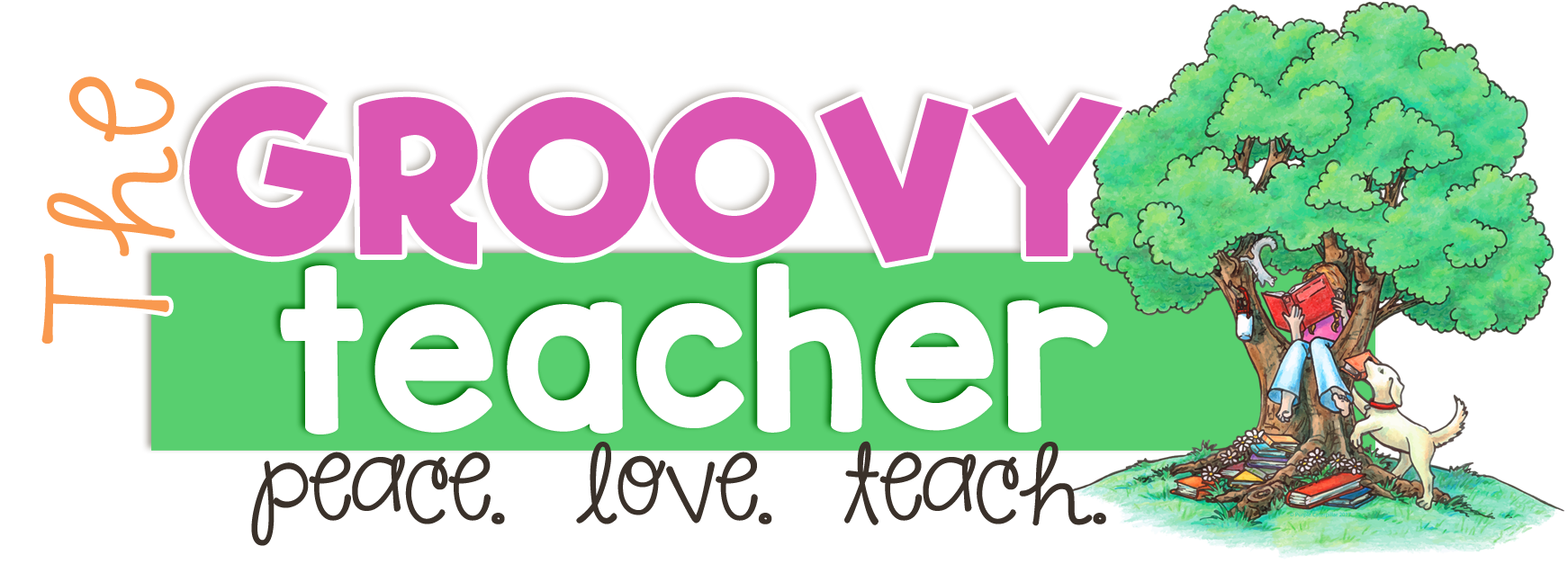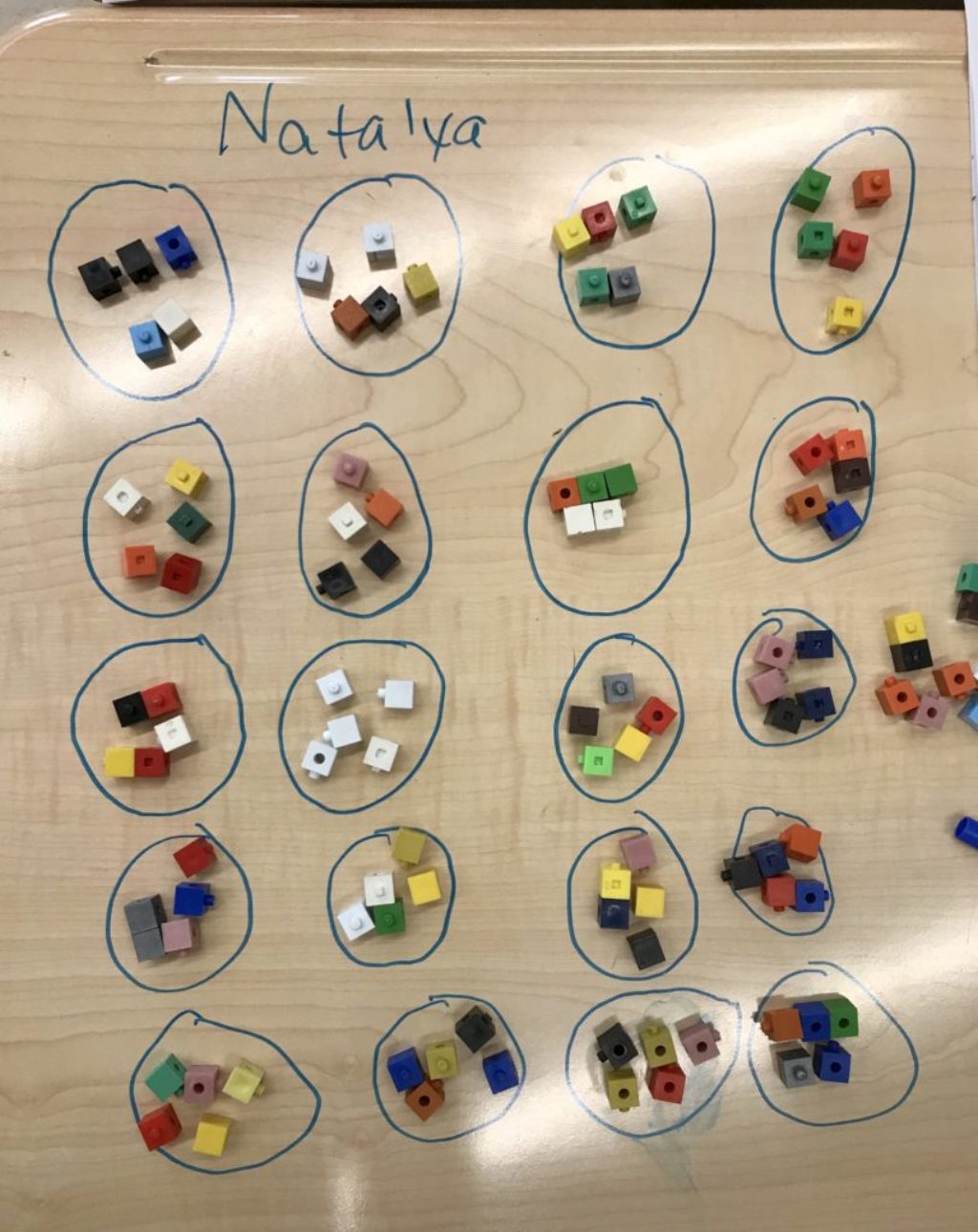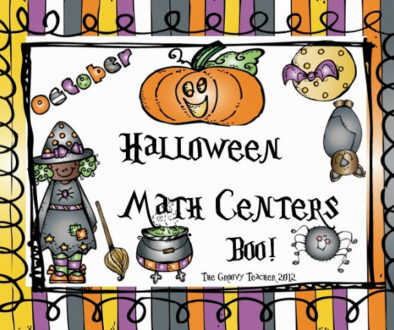Discovering Desk Math
I’ve turned a corner with my math instruction. The way I taught my kids Math my first year of teaching was radically different than me teaching a Math class now. We weren’t making number bonds and subitizing back then. It was really kinda simple. I opened with a problem, we used manipulatives to solve it, then some directed instruction, a Math workbook page and I sent everybody on their way. My students exited the classroom, but there was no ticket.
Now – well it doesn’t look like that anymore. I don’t follow a formula lesson in Math like I used to. It’s honestly a bit more spontaneous, so much so that we just started writing on our desks the other day. And it wasn’t planned at all. I looked around that morning, I wanted to check for understanding beyond what my students were doing with their red and white cubes. I glanced over at my tired, old dry erase boards and then it just hit me, let’s write on our desks! So we did.





It was so easy and the benefits were endless. I can check for understanding at a glance and my kids are engaged. IT WAS A GAME CHANGER! I have been shying away from worksheets at Math time for a while now. It’s not to say that I don’t use them, however, I use them way less than I ever used to. And I had scrapped the Math workbook a few years back, so I needed to get creative with reinforcement of skills taught. Desk Math does that and more for me.
I could go on and on about the greatness that is Desk Math, but what really stood out for me that morning was the way my kids were helping each other. Their desks are all grouped so when they work on a Math problem, they can easily look at what the person next to them is doing. The amazing thing about that though- there was no copying. To begin with the problems are long and winding, but aside from that, they were simply helping each other. They were Math talking, assisting, explaining, demonstrating. That is a win win for a teacher. Desk Math just worked.
So, what does a typical Math block look like for me now? It changes all the time, BUT there’s almost always a Math game, hands on skill practice, Math in the real world, a little freeze dance counting and we finish with Desk Math. It’s the kind of Math that most likely would have helped the struggling student that I was when I was in grade school.
And that corner I turned…I’ll never look back.



